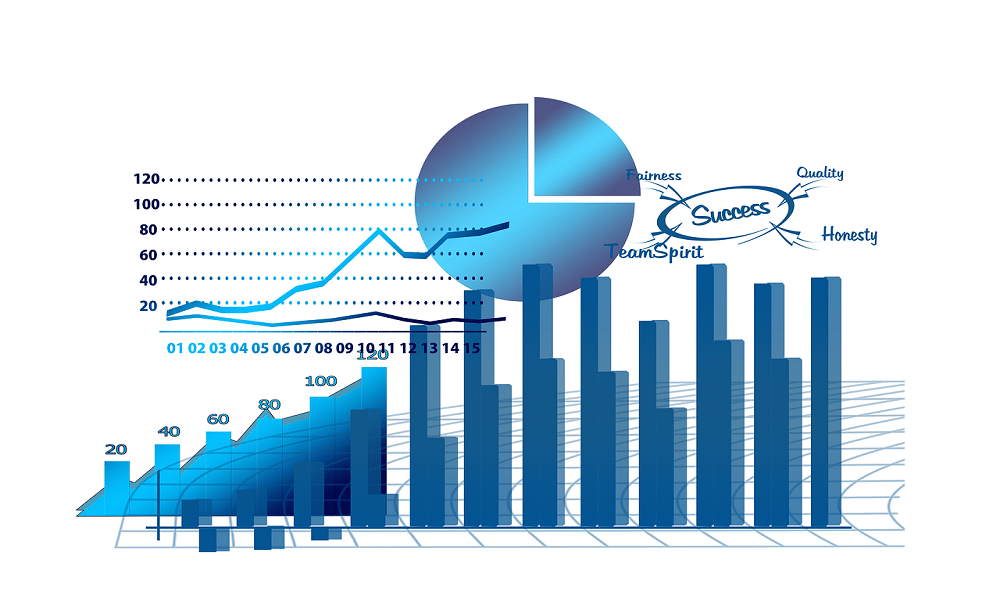If you talk to anyone leading a modern production line, they’ll tell you that efficiency is no longer about cutting corners—it’s about using intelligence to get ahead. The smartest companies aren’t just upgrading machines or adding automation; they’re redesigning how decisions get made. From data-driven insights to AI-powered predictions, the playbook for production and growth is being rewritten in real time.
The Shift From Output To Insight
There was a time when success in manufacturing meant producing more, faster. Now, the focus has shifted to producing smarter. The explosion of AI development for businesses has turned once-static factories into living systems that learn, adapt, and anticipate. Sensors on equipment feed data into AI platforms that predict maintenance needs before breakdowns happen. Machine learning algorithms analyze real-time metrics, spotting inefficiencies invisible to the human eye.
This evolution isn’t just about saving time or cutting waste; it’s about creating flexibility. When supply chains tighten or demand shifts overnight, adaptive AI systems can reroute priorities, manage production loads, and even suggest alternative materials. Companies that once had to make gut decisions are now relying on intelligent analytics that act like seasoned operations managers—without the coffee breaks.
Precision As A Growth Strategy
Manufacturers who thrive in today’s environment understand that efficiency isn’t only about doing things faster—it’s about doing the right things, at the right time, in the right place. Precision has become a competitive weapon. Data-driven scheduling optimizes labor and equipment usage, reducing downtime and boosting throughput. Inventory algorithms fine-tune stock levels so materials arrive exactly when needed, not months too early or days too late.
It’s a shift toward intentional growth rather than blind expansion. Companies that integrate predictive modeling into their planning can forecast demand swings and production costs with surprising accuracy. They’re not just cutting expenses; they’re uncovering new opportunities in the process. And that kind of insight compounds—every small efficiency builds into a larger momentum that defines modern success.
Collaboration Between Humans And Machines
For all the talk of automation, humans remain at the heart of manufacturing innovation. The real power lies in blending human expertise with machine intelligence. Workers equipped with digital twins, augmented reality interfaces, or AI-driven dashboards can make faster, more confident decisions. Instead of replacing people, these systems act as partners—translating complex datasets into actionable guidance.
That collaboration creates a kind of creative efficiency. A production engineer who used to spend hours troubleshooting can now isolate issues in minutes with the help of predictive analytics. A supply manager can visualize entire distribution networks, adjusting routes based on traffic, weather, or geopolitical risk. This balance between data and intuition is shaping the factories of the future, where every worker becomes part of the intelligence system itself.
Turning Data Into Direction
One of the most valuable assets in manufacturing today isn’t a physical resource—it’s location intelligence. Take for instance, Dataplor location data for logistics, it offers valuable information about local manufacturers, available resources, optimal distribution routes, commercial demographics, and the competitive landscape. When businesses harness that level of insight, they’re not just optimizing logistics—they’re making strategic decisions about where and how to expand.
It’s no exaggeration to say that production growth now depends as much on geography as on machinery. The ability to pinpoint where suppliers are concentrated, how consumer traffic moves, or which markets show untapped potential can make or break scaling efforts. By integrating this data into production planning, companies can design distribution systems that cut costs and carbon footprints while improving delivery times. That’s not just efficiency—it’s intelligence with direction.
Sustainability As The Smartest Investment
Efficiency and growth used to be seen as competing goals. Today, sustainability ties them together. Energy-efficient equipment, renewable sourcing, and circular production loops aren’t just PR strategies—they’re profit strategies. Reducing waste lowers costs, but it also attracts investors and customers who value transparency. Manufacturers that design sustainability into their processes often discover unexpected advantages, from lower maintenance costs to new revenue streams through recycling and reuse.
It’s an economic reality: sustainable practices drive operational discipline. When companies monitor their energy consumption, water use, and emissions through integrated data systems, they find ways to reduce overhead and boost margins. It’s not about virtue signaling; it’s about future-proofing.
Innovation With A Long Game
The most exciting thing about today’s production evolution isn’t the technology itself—it’s how companies are learning to use it strategically. Growth doesn’t come from installing AI systems or adopting new software; it comes from rethinking how information flows across an organization. The businesses leading the charge treat innovation as a continuous process rather than a one-time upgrade.
They test, measure, and iterate. When an algorithm improves scheduling accuracy by two percent, they don’t stop there—they look for the next insight. This mindset of perpetual optimization separates manufacturers that plateau from those that scale sustainably. The tools may change, but the principle stays the same: progress depends on curiosity, not complacency.
Where Progress Meets Purpose
Modern production is no longer just about output; it’s about impact. The combination of data intelligence, human skill, and technological precision is reshaping what efficiency means and what growth looks like. Companies investing in smarter systems aren’t chasing trends—they’re building the foundation for long-term resilience and relevance.
Manufacturing has entered a new era where information fuels invention and precision powers progress. Those who understand that balance are setting the pace for everyone else.


